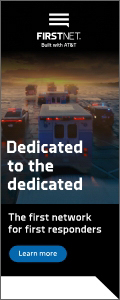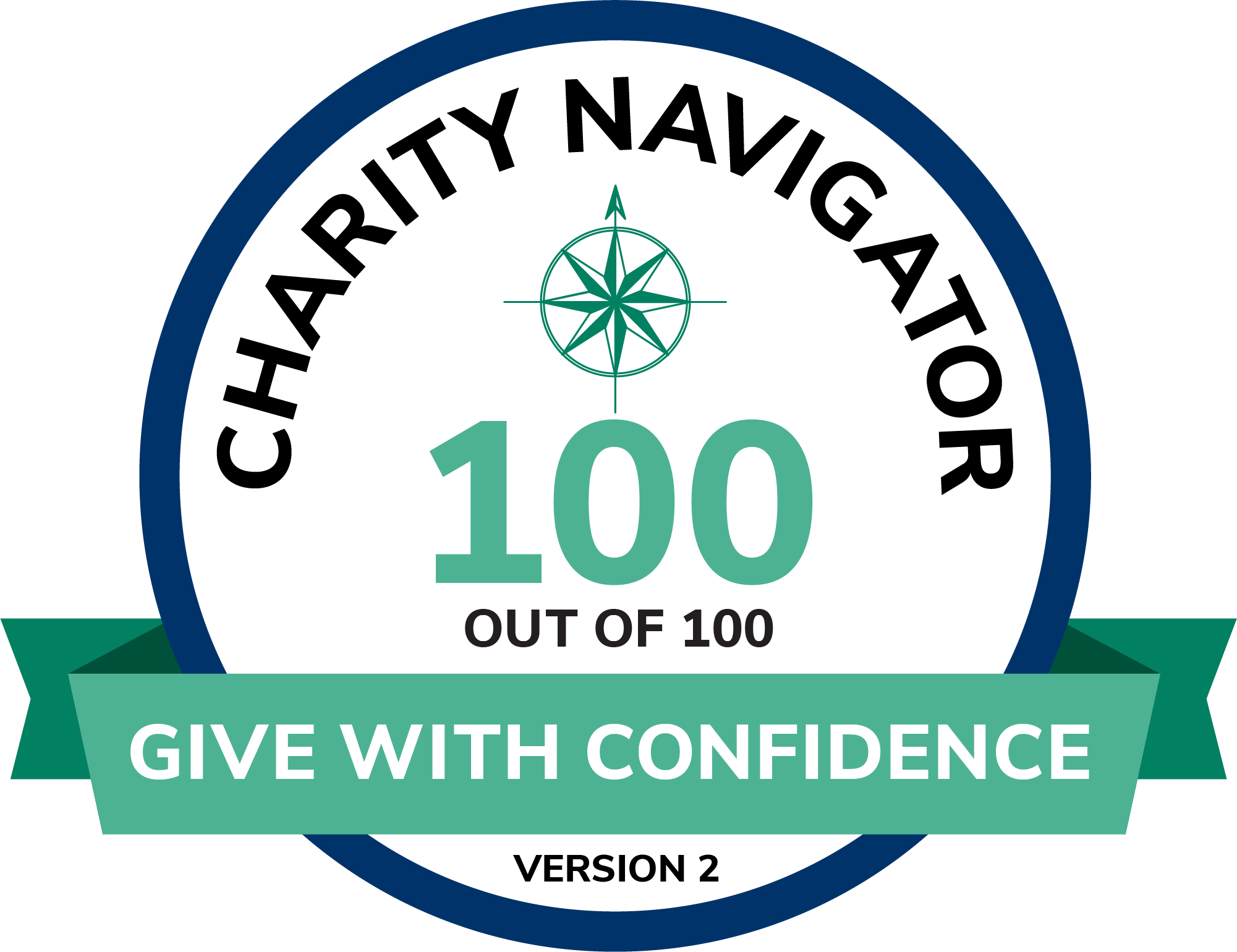Embracing Change: The Transition to NERIS For Incident Reporting
July 16, 2024
By Tom Jenkins
Reprinted from the 2024 issue of Firefighter Strong

In the fire academy, I doubt any candidate firefighter is excited or intrigued about incident reporting. However, in a data-driven world, it is imperative that fire and EMS organizations have timely and accurate information at their fingertips. This information allows fire departments to properly allocate resources, understand their community’s risk, and assess the performance of response units. Unfortunately, many firefighters see incident reports as nothing more than a chore, a first cousin to taking out the fire station trash.
A Shift in Culture
It is time for our attitude about incident reporting to change, along with how reporting is perceived in fire department culture. Having access to critical data improves decision-making at all levels, and each member of a department can help make sure that information is accurate and current.
The groundbreaking report America Burning, published over 50 years ago by the National Commission on Fire Prevention and Control, highlighted the need for information to combat public apathy and governmental rigidity in allocating resources to fire and other emergency needs. While our existing incident reporting system tries to collect information relevant to emergency risk, the demands and risk of our industry mandate change and adaptation.
The Advent of NERIS
In May 2023, the United States Fire Administration, Department of Homeland Security Science and Technology Directorate, and the Fire Safety Research Institute entered a contract to develop a new emergency response information system for our country. This system, the National Emergency Response Information System (NERIS), will replace the existing National Fire Incident Reporting System (NFIRS) and be the premier source of information for our nation’s emergency responders.
NERIS will empower fire departments by providing them with real-time information and analytic tools to enhance preparedness and response. Obtaining incident information will always rely on a firefighter who understands the need and takes the time to properly input what situation was encountered and what firefighters did to solve the specific problem.
NERIS is designed with the firefighter as the top priority.
Through augmentation and automation of data, leveraging geospatial technology, NERIS is being developed to reduce data entry burdens on firefighters. The variables that are entered by firefighters also reflect a more robust set of modern values. Incident types, actions taken, and other information have been systematically refreshed to ensure the questions being asked of firefighters have “real-world” value.
Implementation and Benefits
NERIS will require a significant update to the current records management system software, or alternatively, the use of a new free app for collecting incident data. Once the new system is in place, it will also be able to integrate information from the computer-aided dispatch system (CADS). This integration will enable a comprehensive “story” of each incident, from the moment the call is received to when the last fire company departs from the scene.
The primary beneficiary of this transformational project is the local fire department. The new system will provide basic analytics and reports to local fire departments, an offering that is likely to grow over time. This information and analytics will be the first time that some of our country’s 29,000+ fire departments have seen a dividend from any of the data they’ve submitted. Furthermore, the design of the system will make information available much quicker – in “near real-time” – for the state, regional, and federal agencies also using it to understand the character of risk and response.
Preparing for the Transition
NERIS isn’t a pipe dream, or a project slated for completion a decade from now. Instead, this new system is charging full steam ahead to replace NFIRS in late 2025. In your fire department, the time is now to start asking questions and considering how you’ll want to transition to the incident reporting process.
Some important steps to take include:
- Designate a Point of Contact: Preferably someone who is very familiar with the existing software(s) you’re using and who isn’t planning on retiring soon.
- Evaluate Current Software: Determine what software you currently use and whether that company, if appropriate, is preparing to transition to the new NERIS setup.
- Understand Your Geography: Gather information regarding your department’s geography. Your response boundaries and other special geospatial elements are important to NERIS since it can help determine your performance and risk.
- Familiarize with Operational Details: Make sure your point of contact is properly familiar with the operating details of your organization. NERIS will include information on the baseline resources and operational framework for your fire department, making it important that this person understands many details of your agency.
The transition to NERIS represents a significant leap forward in the way we approach incident reporting. By embracing this change, we can ensure that our fire departments are equipped with the tools they need to effectively respond to emergencies and protect our communities.
If you have questions or would like to learn more about NERIS, visit the NERIS program page at fsri.org/programs/neris or email at NERIS@ul.org.
Tom Jenkins is a retired fire chief and serves as a research advisor at the Fire Safety Research Institute, part of UL Research Institutes. He is a previous president of the International Association of Fire Chiefs and currently serves on the FEMA National Advisory Council.



